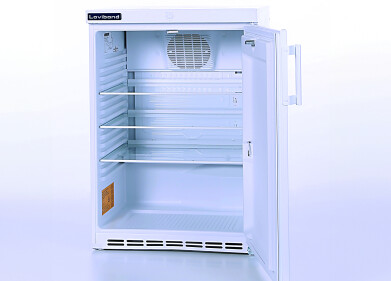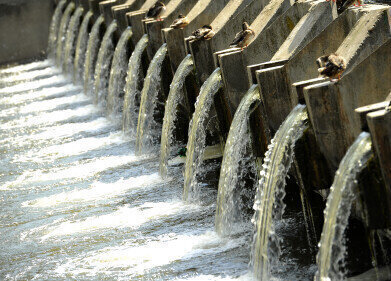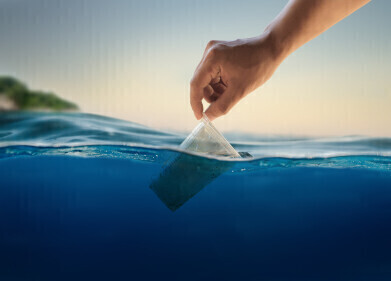Drinking water
How Many Countries Have Safe Drinking Water?
Jul 22 2021
The citizens of Great Britain are privileged in the fact that they have access to safe drinking water on tap, whenever and wherever they want it. Unfortunately, not everyone around the world is blessed with such a basic human right, with a significant chunk of the global population forced to draw their drinking water from unprotected or contaminated supplies.
The inequality which exists not only between different parts of the planet and different countries, but also different regions of the same nation and different subsets of society within the same population, makes it difficult to quantify exactly how many countries have safe drinking water and how many do not. Nonetheless, here is an attempt to paint a picture of the drinking water situation across the globe.
The lucky ones
In 2017, the World Health Organisation (WHO) estimated that over two-thirds of the world population – or 5.3 billion people – had access to improved sanitation and water services. In layman’s terms, this means access to drinking water that is free from contamination, located on the premises and available to the consumer whenever he or she might need it.
Indeed, in some cities, water quality monitoring is taken so seriously that advanced new technologies are being implemented to safeguard and regulate it. The sophisticated pipe::scan system is one such innovation that has provided real value to the residents of metropoles like Vienna in Austria, Ghent in Belgium and Valencia in Spain.
By continually monitoring the quality and other metrics of the water in the city’s pipes, the authorities can identify leakages and contamination events as they occur and take steps to remedy them immediately. It’s to be hoped that these kinds of sensible precautions will soon be in place in far more countries around the globe, guaranteeing local populations access to top quality water at all times.
The less fortunate
Unhappily, there are many people around the world who do not have access to a protected or sanitised source of drinking water at all, let alone one which is constantly monitored. The WHO believe that at least 2.2 billion people fall into this category, with 435 million of that figure forced to drink water from untreated wells or springs and a further 144 million people unable to access water that hasn’t come from unprotected rivers, lakes or other waterways.
The vast majority of those people live in the developing world, especially in Africa. Other parts of the globe affected by poor quality drinking water include Latin America (in countries like Bolivia, Peru, Venezuela and Nicaragua) and Asia (including in India, Mongolia, Afghanistan and China, among several others). There are more nations still which do not submit data regarding the water quality in their jurisdiction, making it impossible for the WHO to make an informed judgement on the situation.
This lack of clean drinking water is a real threat to human life. In fact, diarrhoea is a disease that can be easily prevented if adequate sanitation facilities are in place, yet it still claims an estimated 829,000 lives each year, including 297,000 children under the age of five years old. Other diseases caused by contaminated drinking water include schistosomiasis, cholera, dysentery, polio, hepatitis A and typhoid. These countries – and the people living within them – urgently need help to elevate themselves out of poverty and access the resource that is so important to sustaining all forms of life.
Digital Edition
AET 29.2 May 2025
May 2025
Water / Wastewater- From Effluent to Excellence: Microbiological assessment of a containerized modular water reuse pilot system- Without water everything comes to a haltAir Monitoring- Probe Sampli...
View all digital editions
Events
Jun 17 2025 Guangzhou, China
Singapore International Water Week Spotlight 2025
Jun 23 2025 Singapore
Jun 24 2025 Santa Clara, CA, USA
Jun 25 2025 Sao Paulo, Brasil
Jun 28 2025 Albena, Bulgaria












.jpg)






